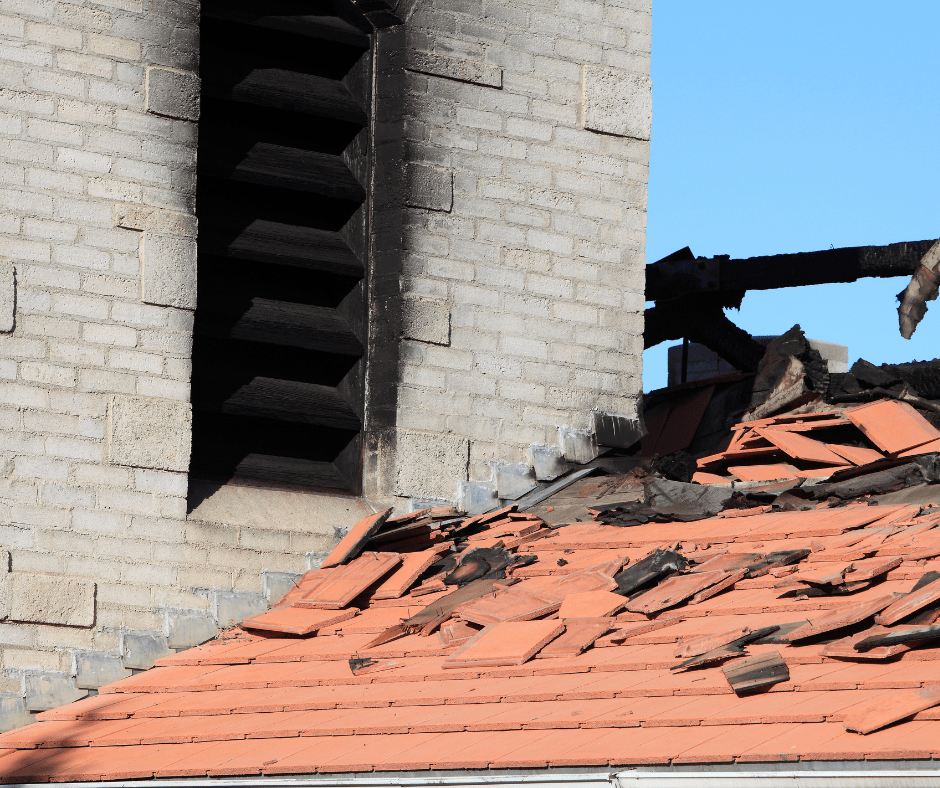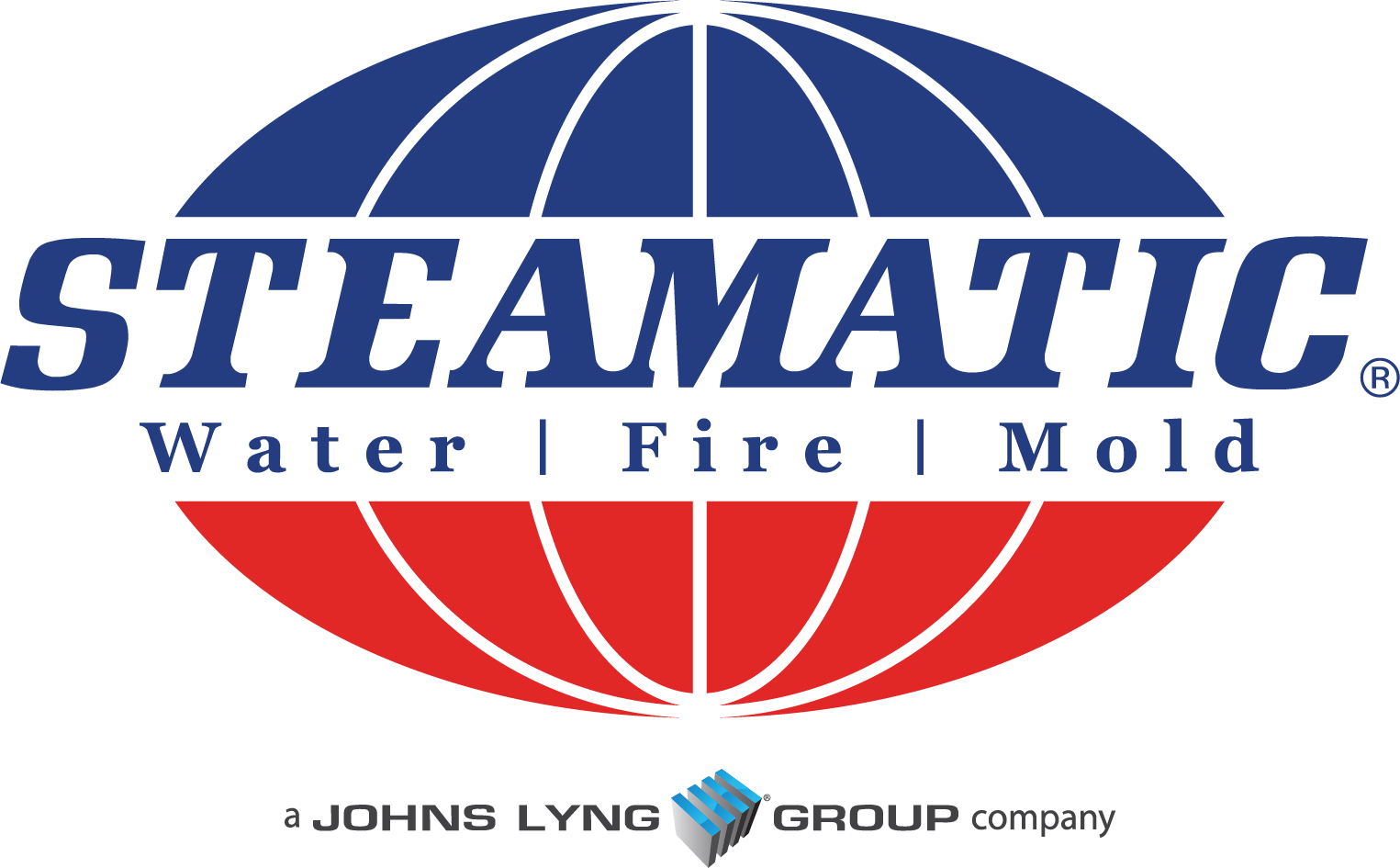5 Most Common Types of Smoke Damage

Fire presents ongoing dangers for homeowners and business owners. Even with the highest level of protection, though, fires happen.
The fire does not have to be significant to cause severe problems cleaning a home or business. Even the smallest of fires can cause smoke damage that needs repairs for proper health, safety, and aesthetics. In addition to fire, homes and businesses can also receive long-term damage from cigarette smoke. Learn more about the five most common types of smoke damage occurring from fires.
Dry Smoke
Fast-moving, high-temperature fires create an effect known to restoration experts as dry smoke. Fires fueled by paper or wood typically produce dry smoke. Damage from dry smoke is easier to clean since this smoke forms a light powder on surfaces. However, the challenge is that dry smoke can hide in cracks and other absorbent materials — although walls may look clean, you may still get the smell of smoke from them.
Wet Smoke
In contrast, wet smoke comes from slow-burning fires that give off a lower heat. Wet smoke damage is tough to clean and often leaves a smell long after cleaning your home or business. You will recognize wet smoke from a sticky residue attached to doorknobs and other objects throughout a structure. Wet smoke damage may be more common in commercial fires, as it usually stems from burning tires or different types of rubber.
Protein Smoke
A fire in the kitchen area of a home or business such as a restaurant leaves behind smoke damage. Protein smoke damage results from burning organic matter. This type of smoke damage often occurs following a kitchen grease fire.
Protein smoke damage can also be cumulative from cooking meats, oils, and fats regularly prepared over an open flame. Protein smoke is not always visible immediately and causes surface discoloration.
Fuel and Oil Smoke
Fires fueled by petroleum-based products such as gas or oil pose a distinct challenge. These substances create petroleum smoke damage that can stick to many materials, leaving them with greasy stains. Furniture that comes into contact with fuel smoke is often not salvageable because of the discoloration and smell.
Cleaning fuel smoke damage is particularly challenging, given that the residue is thick. Restoration experts say cleaning usually requires a specific solvent. Fuel smoke doesn’t necessarily always need fire as its source — it can sometimes result from a furnace malfunction.
Cigarette Smoke
Long-term smoking in a home can also lead to damage that requires remediation, especially when individuals intend to sell a home. Stale cigarette smoke can permeate into walls and countertops and require professional smoke remediation. Clearing the air inside a structure requires special equipment, including a professional air-mover, to successfully eliminate odors.
The best way to avoid smoke damage is to focus on fire prevention. Keeping a home or business safe takes constant attention, but it is worth the effort. Smoke damage can seriously damage residential and commercial properties and make them uninhabitable. If a fire occurs, contact restoration experts to help remediate the impact.

